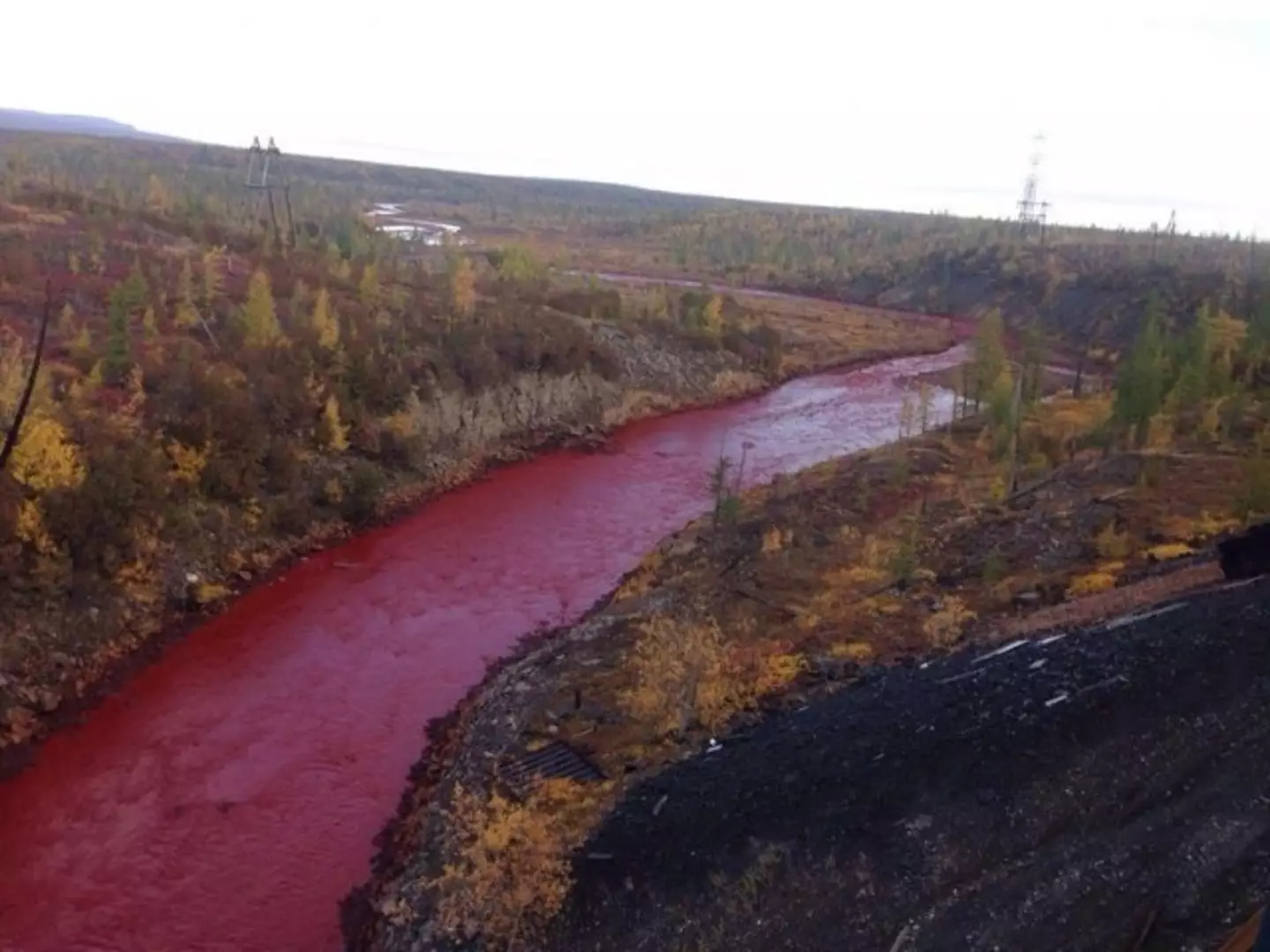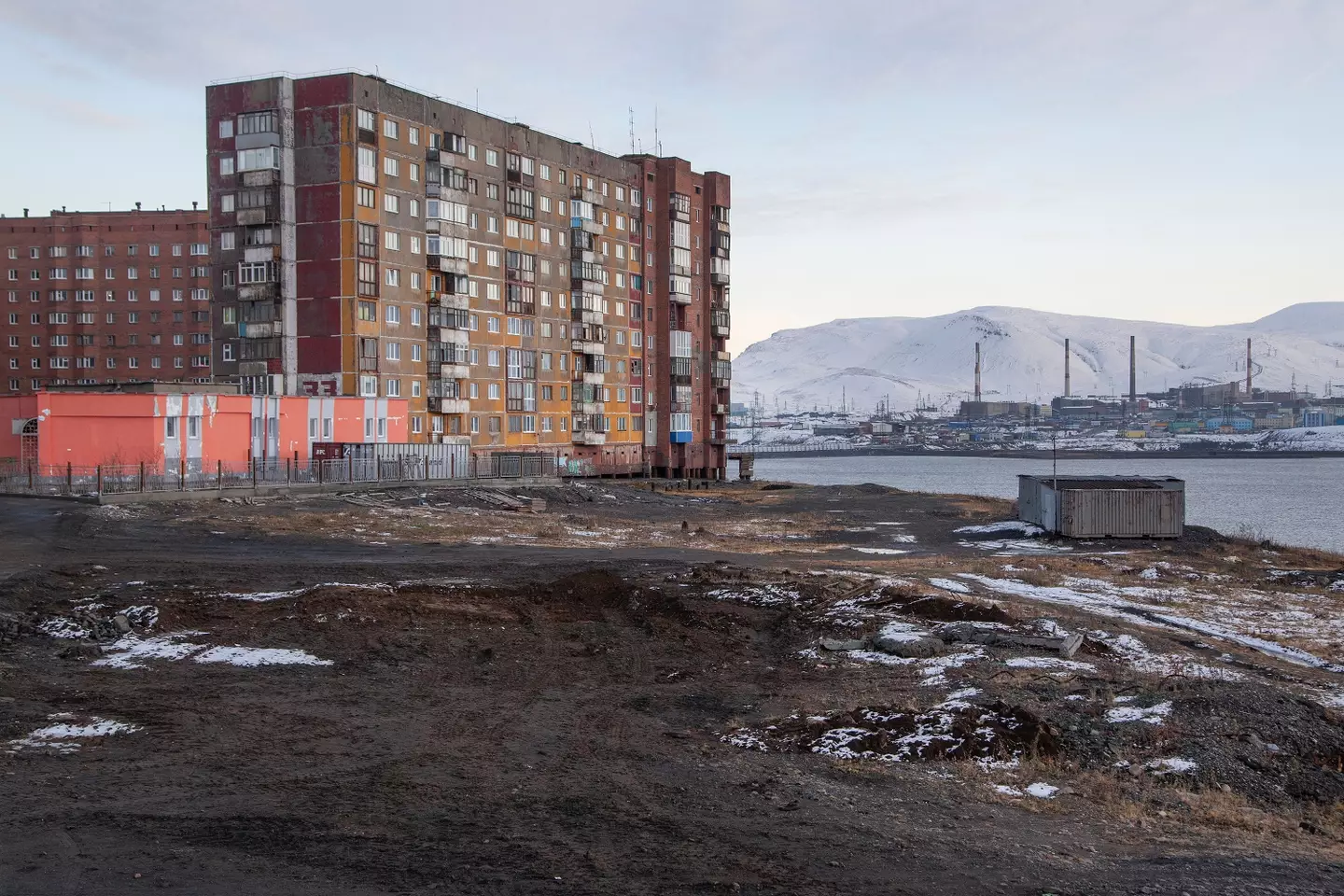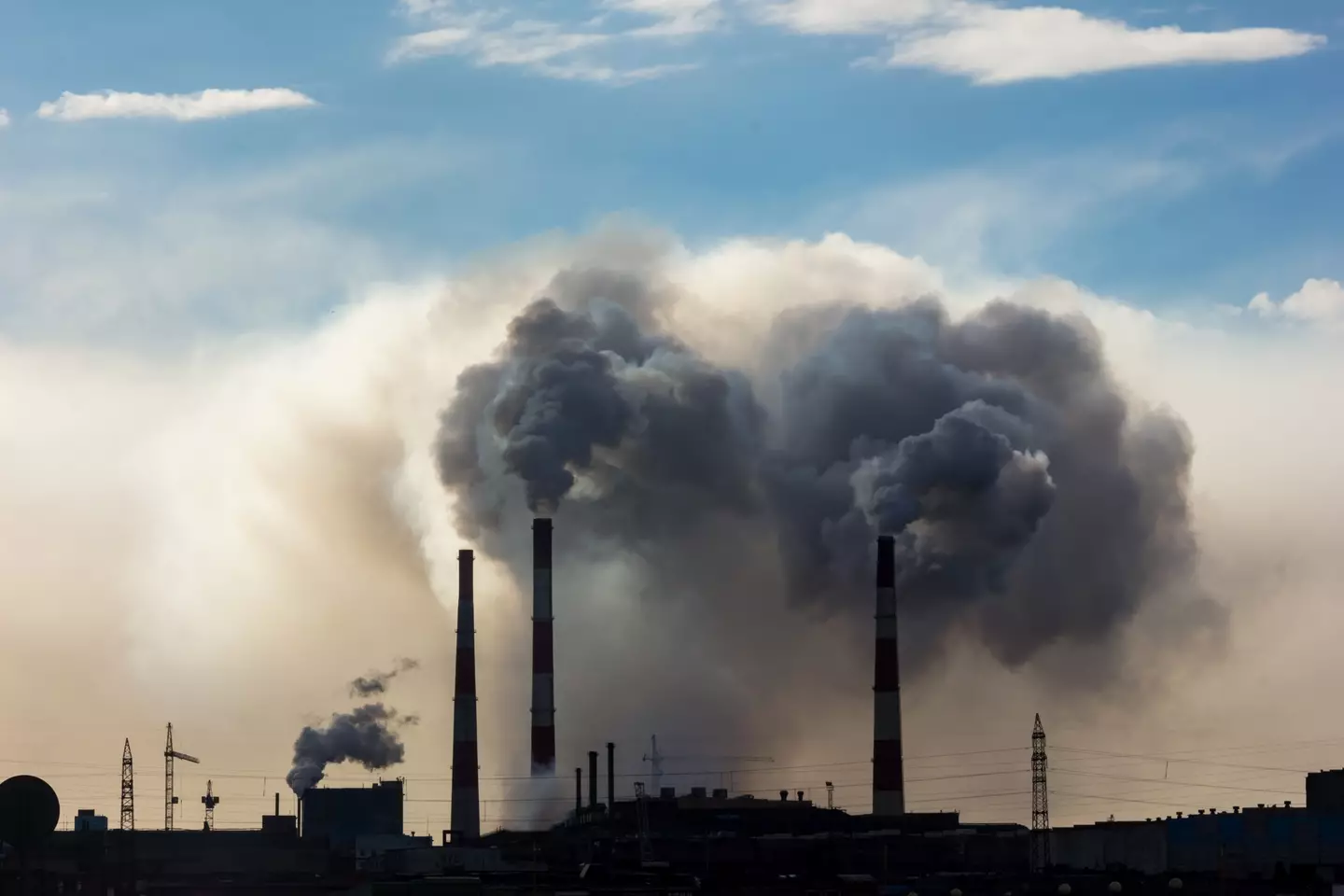
An isolated city in Russia has been branded ‘the most depressing on earth’ thanks to its -30C temperatures, days-long periods of darkness, low life expectancy and blood red river.
Built on a former Soviet prison camp, Norilsk is one of the world’s most northerly cities and can be found in the Krasnoyarsk Krai region of Siberia, eastern Russia.
Each year, Norilsk experiences 45 days of continuous darkness, with pollution levels making 59 the average age city dwellers reach, 10 years lower than the Russia average life expectancy.

Norilsk’s river remains a sinister shade of red two years on from a 21,000 tonne diesel spill from a collapsed oil tank reservoir.
Advert
Meanwhile, January temperatures drop to an average low of -30C, while record lows have plummeted to a bone-chilling -53.1C.
More than 170,000 people live in Norilsk, which has only one freight railway running in and out, and the city only got proper internet access in 2017.
No roads lead to Norilsk - which is snow-covered for two thirds of the year - and although the port city of Dudinka is only 40 miles away, the sea freezes over in winter, stopping access.
The only way in and out of the city year-round is via a five-hour flight from Moscow, which is situated a whopping 1,800 miles away.


Norilsk sits on the planet’s biggest nickel-copper-palladium deposit, which piqued the interest of a 20th century geologist who discovered the deposits in the Putorana Mountains foothills.
Advert
Norilsk’s nickel plant produces a fifth of the world’s nickel and almost all residents have a connection to it.
However, the plant is the cause of catastrophic pollution in Norilsk, which is one of Russia's most polluted cities.

The plant pumps out more than two million tonnes of toxic gas each year - including nitrogen oxides, carbon, phenols and sulphur dioxide - which has taken a horrific toll on Norilsk’s residents.
Advert
Rates of cancer in Norilsk are double those of the rest of Russia and blood illness rates of Norilsk children are 44 percent higher than the average Siberian child.
The rates of nervous system conditions among the young are 38 percent higher, while muscle illnesses are 28 percent higher.
What’s more, approximately one percent of all of the planet’s sulphur dioxide emissions come solely from Norilsk and the chemical compound’s outpouring kills trees and causes acid rain.
If you have a story you want to tell, send it to UNILAD via [email protected]